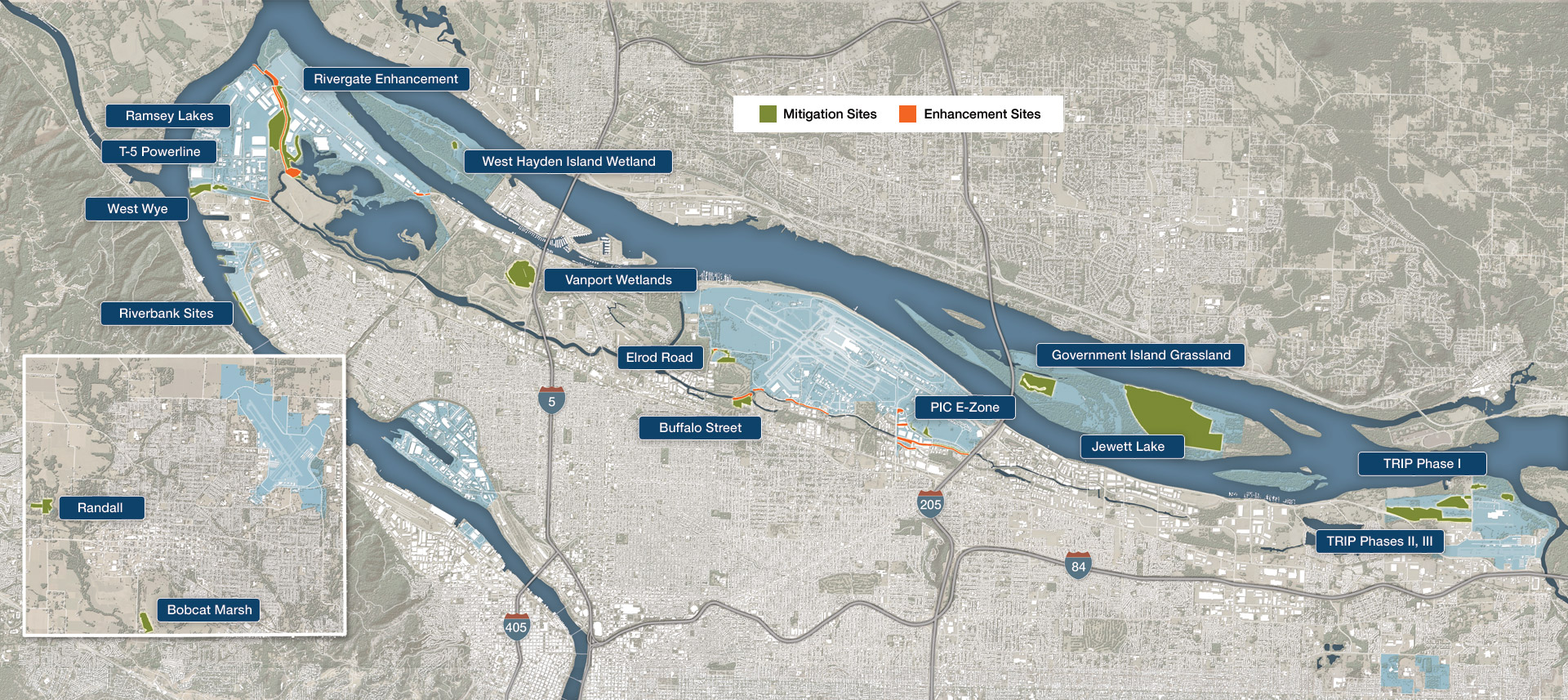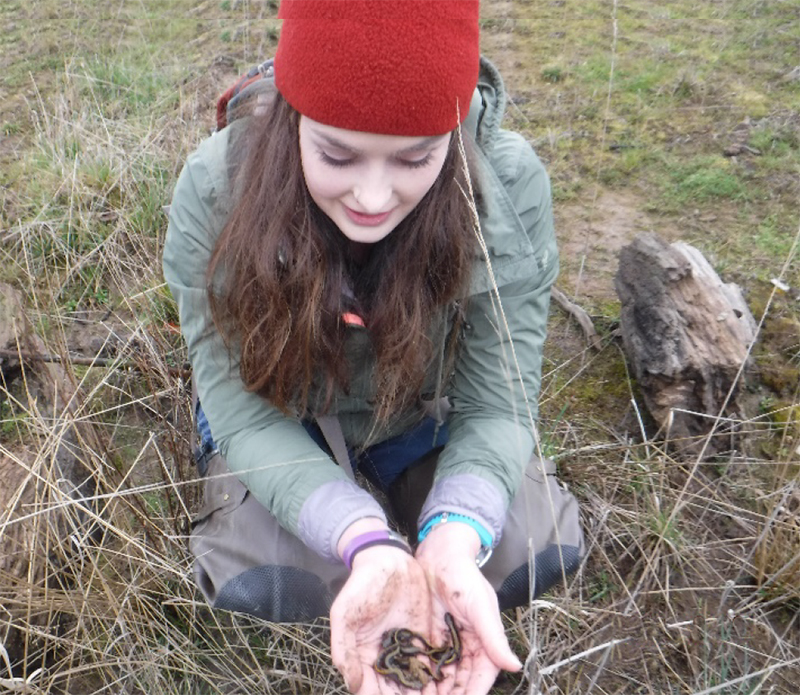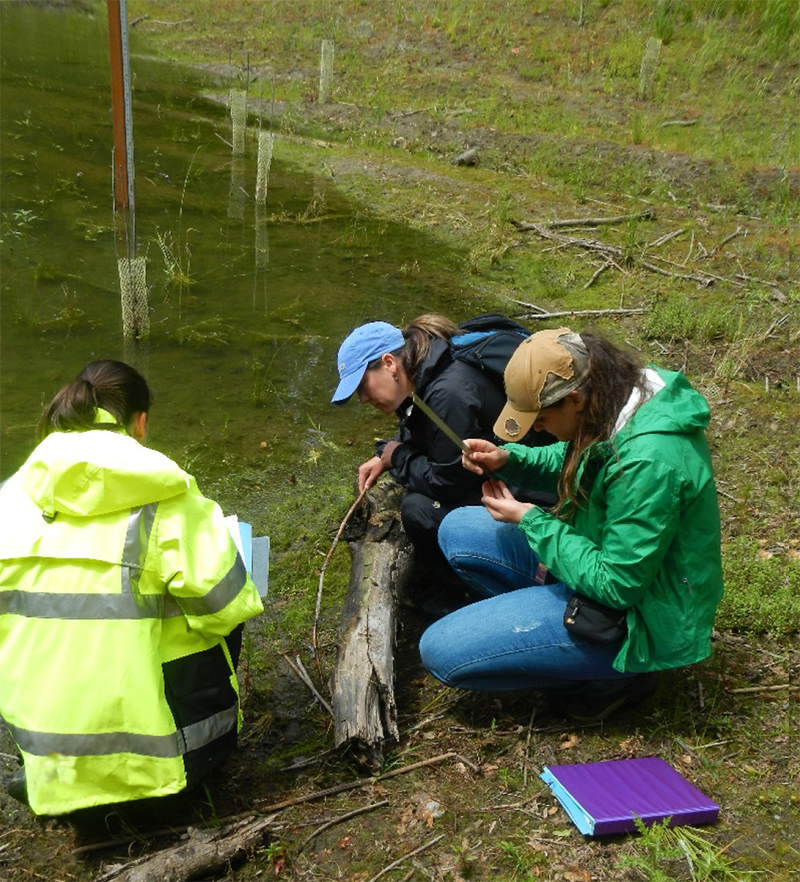Mitigation Management
Mitigation and enhancement sites


The Port manages over 900 acres of wetland and upland mitigation and enhancement sites. These managed natural areas provide compensation for impacts to wetlands and other natural resources from our development or operational activities. These sites provide valuable habitat for local and migrating wildlife, improve connectivity between natural areas, improve water quality, and provide important greenspace in highly urbanized areas. We produce reports detailing progress made towards established site goals.
Mitigation Management Program Report
The Mitigation Management Program report provides an update on the previous two years activities for all Port mitigation sites and other natural areas.
- Mitigation Status Report (pdf - 21 MB)
- Contact us with questions about the Port's Mitigation Program

Vegetation Management Plan
The Vegetation Management Plan provides information about invasive species control methods used by the Port on our mitigation sites and natural areas.
Long-term Management Plans
To further demonstrate the Port's commitments, Long-term Management Plans (LTMP's) have been developed for most sites, especially those with a high potential for transferal to a land trust or some other land management entity. The plans summarize our knowledge about the site to provide a new steward with a valuable tool for management and to ensure the site’s value and function over time.